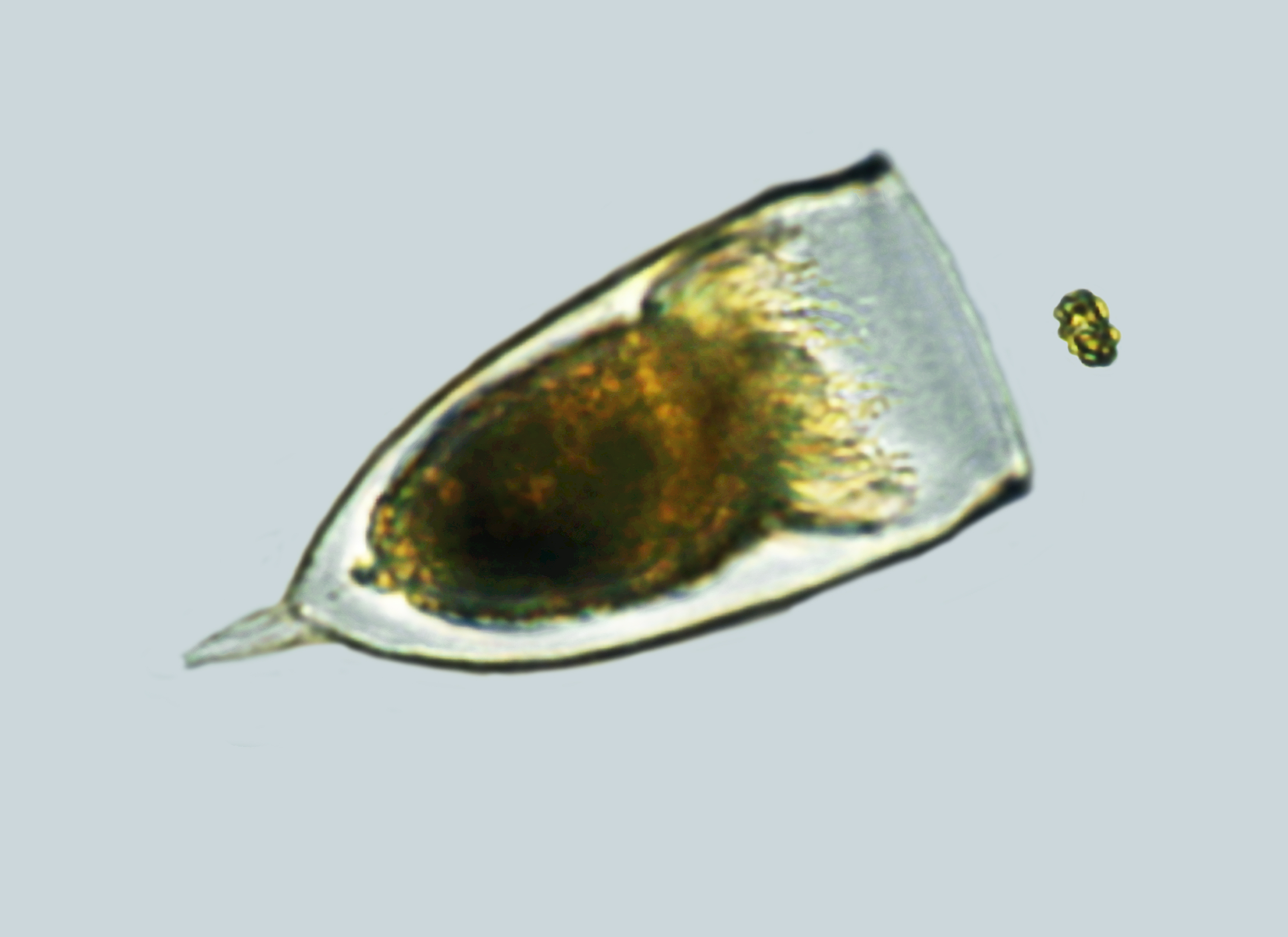Podcast: Play in new window
BOB HIRSHON (host):
Fleeing phytoplankton…I’m Bob Hirshon and this is Science Update.
It’s not just animals that flee from their predators. Scientists report that phytoplankton – tiny plantlike organisms that inhabit the world’s oceans – actively avoid hungry zooplankton. University of Rhode Island oceanographers Elizabeth Harvey and Susanne Menden-Deuer led the research. Menden-Deuer says phytoplankton can double their population every two days if they have a safe place to hide, but if not, their predators can decimate their population in a day.
SUSANNE MENDEN-DEUER (University of Rhode Island):
Fleeing behaviors are common in the animal world, but nobody really thinks about plantlike organisms fleeing from their predators.
HIRSHON:
She says the phytoplankton are sensitive to their predators’ movements and scents, and escape them by swimming away. Understanding their relationship is important because phytoplankton produce as much as 50% of the oxygen we breathe. I’m Bob Hirshon, for AAAS, the science society.

Click here to watch a video of fleeing algae
Video sequence of the ciliate predator Favella sp. (large) and its algal prey Heterosigma akashiwo (small). These types of videos were used to identify the fleeing behavior of the alga when exposed to the predator. The response occurs over several hours and leads to an effective separation of predators and prey, helping the alga survive despite attacks from the predator. Video credit: Elizabeth Harvey (GSO). Digital enhancement by Cynthia Beth Rubin (RISD).
To learn more about this research, visit:
https://www.plosone.org/article/info%3Adoi%2F10.1371%2Fjournal.pone.0046438
